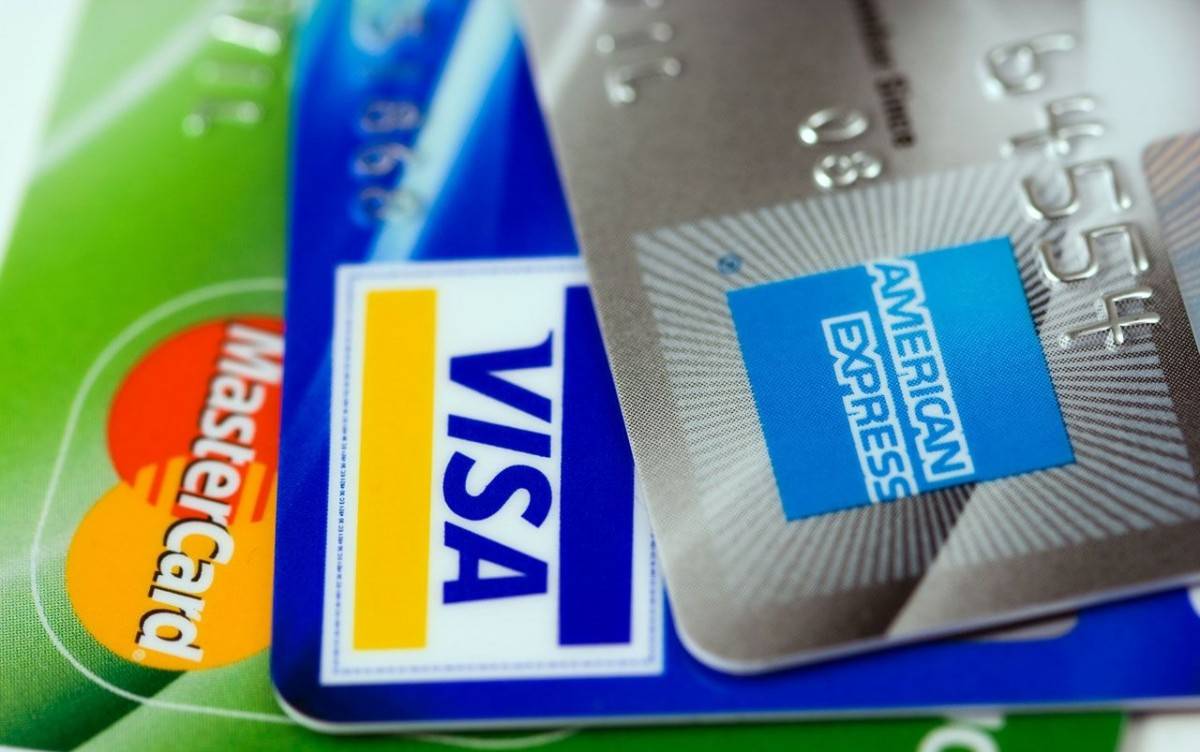The Visa executive overseeing the payments giant’s cryptocurrency division has articulated the company’s exploration of a future encompassing various blockchain technologies. Visa recently expanded its capacity for settling stablecoins on the Solana (SOL) blockchain, introducing a novel cross-border financial system utilizing Circle’s USDC.
In a recently published blog post, Cuy Sheffield, the company’s Head of Crypto, alluded to the nascent days of the internet and drew parallels to the current state of cryptocurrency, characterizing it as a pivotal moment akin to the “broadband moment” in its evolutionary history. Sheffield noted that, much like the early internet, blockchains face skepticism and criticism, often hearing statements such as “blockchains are too slow, too challenging to use, and too expensive” or “they lack viable use cases.”
Indeed, blockchains have exhibited these characteristics at times, and certain use cases are more apparent than others. However, the internet itself was once slow, costly, and challenging to navigate. Today, it boasts remarkable speed, widespread accessibility, and user-friendliness, even for young children.
Visa, a pioneering force in payment technology for over six decades, recognized the potential of the internet during its infancy and played a pivotal role in facilitating its expansion and fostering new forms of commerce. At present, Visa envisions significant potential in blockchain networks and anticipates various potential scenarios.
Sheffield elucidated that Visa, which processes nearly 40% of global daily transactions, envisions a future where its networks encompass cryptocurrency technologies such as stablecoins and government-issued central bank digital currencies (CBDCs).
“Looking ahead, we envision a future in which Visa’s interconnected network extends beyond multiple currencies and banking settlement channels, encompassing multiple blockchain networks, stablecoins, CBDCs, or tokenized deposits. We anticipate that traditional fiat currencies and legacy settlement methods will coexist alongside tokenized fiat currencies operating on global, 24/7 real-time blockchain networks for an extended period. We perceive our role as a bridge, adaptable to our clients’ preferences in terms of currency, settlement network, or format.”
Read Also: The Dark Side of Crypto: Scams and How to Avoid Them


Comments are closed.